The winners of the 2024 AIP ACT Photography Competition:
“Doubling Up: Reflection and Refraction”

This photo demonstrates how light interacts within a calcite crystal rhomb.
When light passes through the cleavage plane (a fracture within a crystal) it splits into two beams, creating two laser beams in the left rhomb and a double image in the right rhomb.
The Grand Prize was awarded to Dr Margaret Wegener.
 “Laser Cavities for Quantum Science”
“Laser Cavities for Quantum Science”
A laser cavity is an enclosed space with mirrors that can control the resonant frequency of the light beam, causing constructive interference and standing waves.
This technology is used in a variety of physics applications from spectroscopy to quantum computing.
The Second Prize was awarded to Jayne Ion.
 “Surface Tension”
“Surface Tension”
Water’s strong surface tension causes individual droplets to shrink to the smallest surface area possible.
This effect is more prominent when the water drop is on a hydrophobic surface, such as a waxy leaf covered in tiny hair papilla.
The Secondary Sector Award was awarded to David Stewart.
Congratulations to the winners and everyone who participated.
The annual photo competition is run by the ACT branch and open to members Australia-wide.
The winner will have their photo published in next year’s monthly newsletters.

